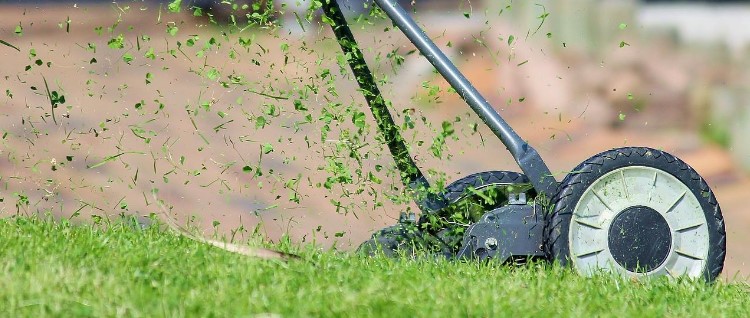Creating a customised lawn care schedule involves understanding the needs of your lawn and dedicating time to address them systematically throughout the year. Begin by assessing the condition of your lawn to identify any issues, such as weeds, pests, or bare spots. Lawn mowing should be an integral part of your schedule, based on your grass type and personal preference. Mowing at the correct height and frequency ensures healthy growth, as maintaining a consistent grass length promotes deeper root systems and prevents weed invasion. Aerating the lawn is another crucial step to incorporate into your customised schedule. Aeration is a process that involves removing small cores of soil from the lawn, allowing water, oxygen, and essential nutrients to penetrate the grassroots better. This serves to alleviate soil compaction, which can limit root growth and contribute to drainage problems. Typically, lawn aerating should be done once or twice a year, depending on your lawn’s soil type and overall health.

How to select the best products to care for your lawn
Before purchasing any products, it’s crucial to research and understand the exact needs of your lawn based on its grass type, climate, and soil conditions. Consider performing a soil test to determine your lawn’s nutrient requirements for regular fertilisation. This information will help you select a fertiliser formulated with the correct balance of nitrogen, phosphorus, and potassium (N-P-K ratio) for optimal growth. Regarding weed control, look for selective herbicides targeting the specific sorts of weeds in your lawn without harming the grass. Products like 2,4-D, dicamba, and quinclorac are examples of selective herbicides that combat various broadleaf weeds and crabgrass effectively. For pest control, opt for environmentally friendly and targeted treatment products, such as neem oil or Bacillus thuringiensis (Bt), designed to tackle specific lawn pests without harming beneficial insects.
Seasonal lawn care tips for a healthy yard
Maintaining a healthy lawn requires year-round effort, addressing the unique needs of each season to maximise grass health and appearance. In spring, prepare the lawn by raking debris, overseeding damaged areas, and applying pre-emergent weed control products. Summer requires increased watering and proper mowing techniques, with minimal chemical use. Autumn calls for lowering the mower’s cutting height, fertilising with a high-potassium product, and removing fallen leaves. Winter involves minimising lawn traffic, avoiding chemicals, and using dormant oil sprays for pest control when necessary. Moreover, selecting the best lawn care products is essential, based on grass type, climate, and soil conditions. Perform soil tests to determine nutrient requirements, use selective herbicides for effective weed control, and choose eco-friendly pest control options when possible.
